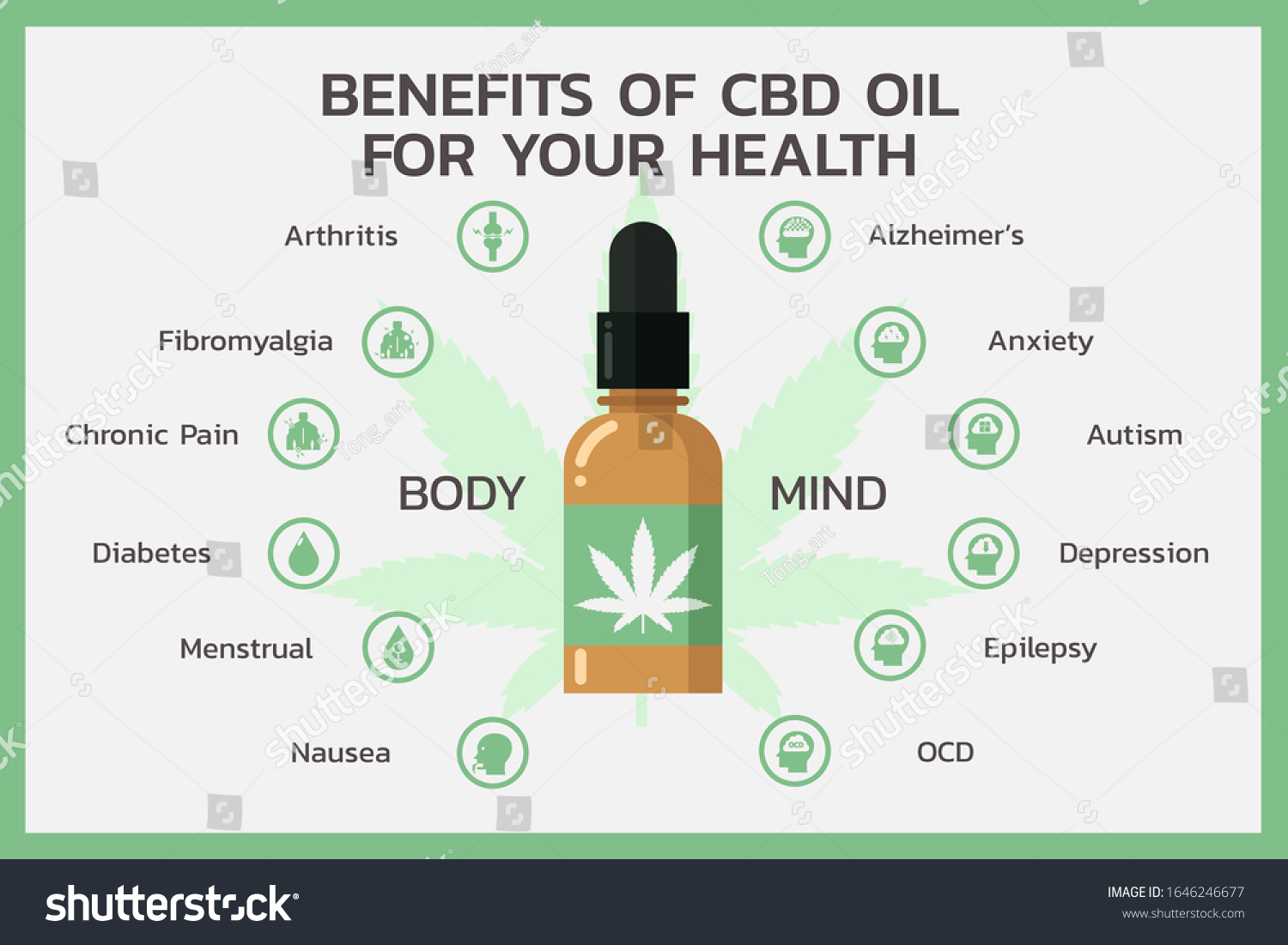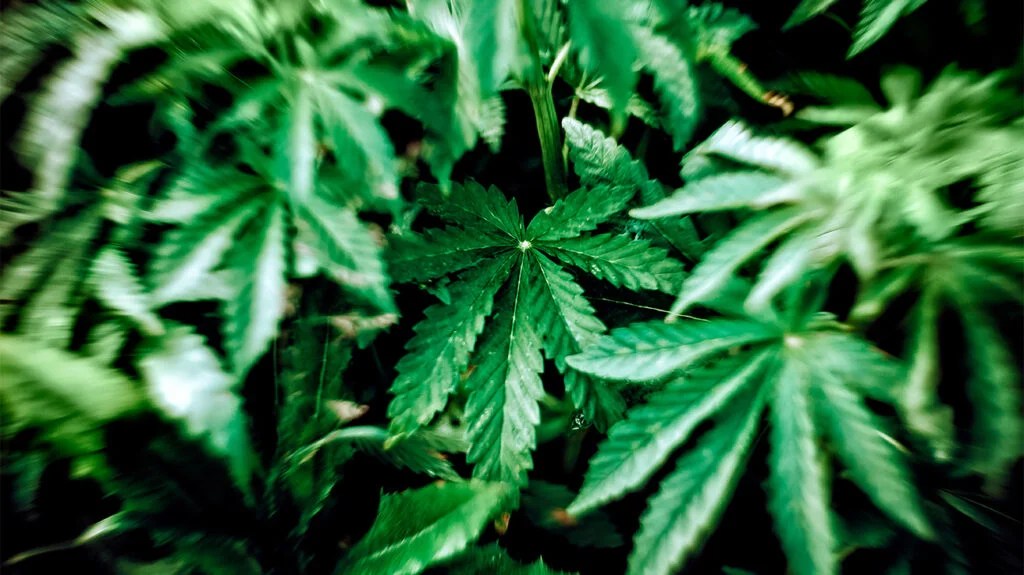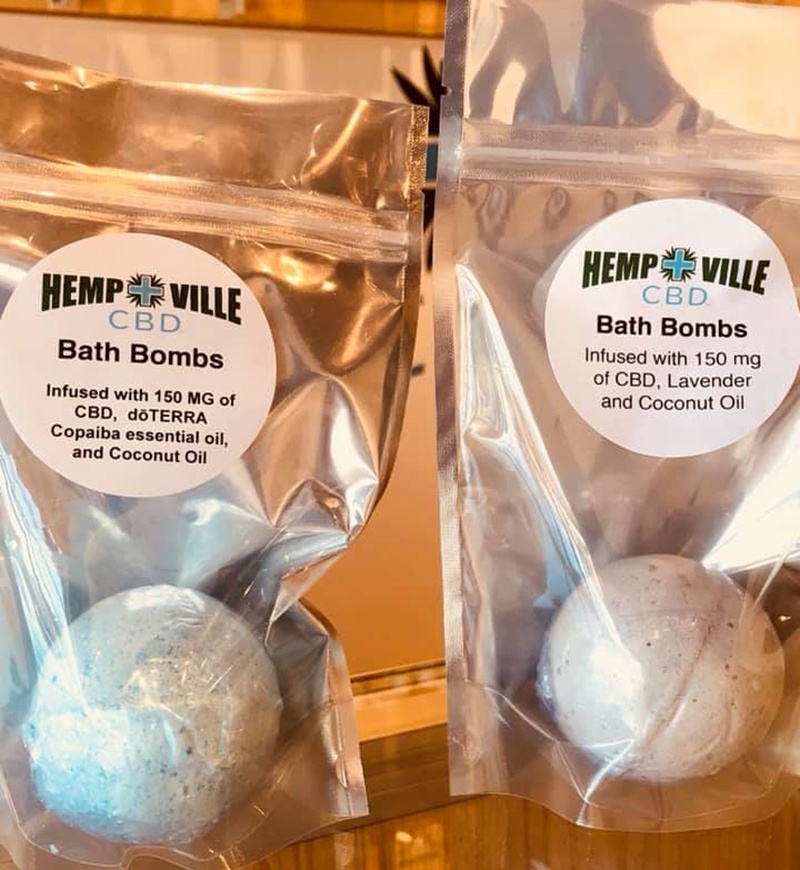
Autism, which affects one of every 59 children in America, is a very common mental health condition. It can be characterised by behavioral issues and developmental delays that often lead to social isolation.
Cannabis can often alleviate these symptoms. The marijuana plant contains chemicals that help with the brain's endocannabinoid system, which is responsible for everything from appetite to stress and motor control. When the system is working properly, it can help your body feel relaxed, happy, and content.
Some people believe that medical cannabis is an effective treatment for autism. These results should be confirmed through well-designed clinical research before being considered.

The non-intoxicating, cannabis-derived CBD compound has been shown to have antiinflammatory properties. This could help with autistic individuals. It has been shown to decrease anxiety and improve sleep.
Another popular treatment option for autistic people is to eat cannabis-based edibles. They can be infused into food, drinks and even candy. They can also be used in edibles to relieve some of the most frequently reported autism symptoms, like nausea and vomiting.
Adding cannabinoids to the diet of those with autism has also been shown to reduce their overall stress levels, which is important for helping to relieve their emotional distress and social isolation. It is also said to reduce some of the more severe behaviors and repetitive movements that can be associated with the disorder.
Cannabinoids' effects on autism may be due to their ability to balance the brain's endocrinoid systems. This can potentially cause many of the symptoms associated with this disorder. The endocannabinoid is responsible for many functions, including pleasure and appetite. It also regulates neurotransmitter activity.

Seizure disorders can also be a problem for autism sufferers. Medical cannabis can be used to treat them. Windham and Volk from the University of Maryland found that medical cannabis' calming effects helped decrease seizures' severity and frequency.
Montefiore Health System is currently running a double blinded trial to examine the effects CBD has on autistic children. They are specifically looking into the effects CBD has on the excitation-to-inhibition ratio in some neurons. This may help reduce the behavior that is associated with autism, like temper tantrums.
Apart from the potential benefits of cannabis for autism there are other risks. People with autism might become dependent upon cannabis, which could lead to psychiatric problems and intellectual disability. It is possible for some autistic patients to become allergic to cannabis. This is why it is important for those with autism to consult a doctor before trying any kind of cannabis-based product.
FAQ
Is there a CBD industry that is growing?
Yes, it is! As legalization spreads throughout North America, this growth is expected continue. Canada is the only country that has legalized recreational use of cannabis. Many states have also passed medical marijuana laws.
As more states adopt legislation that allows medicinal marijuana access, this trend is likely to continue at least for the next decade.
From an economic standpoint, legalizing marijuana is also sensible. Legalizing marijuana has many other benefits.
It could help decrease crime rates by reducing illegal drug availability. It could also be a source for tax revenue.
As more people turn to legal weed, they may also choose to consume less alcohol. This would lead to fewer hangovers as well as lower health care costs.
In addition, marijuana might actually improve the quality of life for those who suffer from chronic pain. Many believe that THC, which is the active ingredient of marijuana, can help relieve muscle spasms and nausea from chemotherapy.
Finally, marijuana might become a valuable tool for treating mental illnesses such as depression and anxiety. Some studies show that marijuana can even be used to treat schizophrenia.
Even though the CBD sector looks bright, there are still many challenges.
How much CBD do I need?
The type of product you are buying will determine how much dosing is required.
CBD oils come with a range of strengths: 100mg to 1000mg per ounce.
Some CBD products can be made in specific amounts by certain companies, such as 25mg or 50mg.
For example, the company Charlotte's Web makes CBD products with precise amounts of CBD and other cannabinoids.
If you're unsure whether or not CBD will work for you, start with a low dose.
It is possible to always go higher.
What's the future for the CBD industry?
The future for CBD is bright. It's easy for people to get on board with this sector. With over $1 billion spent globally by consumers on CBD products alone, it's not hard to see how this market is growing exponentially.
In fact, according to Statista, global sales for cannabidiol (CBD) were expected to reach $22.4 billion in 2019. That's an increase of almost 200% from 2018!
The CBD market is also predicted to grow at a compound annual growth rate of 22.5%, which equates to nearly $6.8 billion in revenue by 2022.
This is good news for both companies that want to enter the CBD market and those who are already in this sector. However, we must be aware that the CBD market is still very much in its infancy and will face some challenges along the way.
Which countries produce the highest quality CBD?
The United States produces the vast majority of CBD products.
Canada, Australia New Zealand, Israel, and New Zealand all produce high-quality CBD products.
How big does the global CBD market look?
Euromonitor International estimates that the global CBD market is worth $US3.5Billion in 2015. This is an increase of more than 10% compared to 2014.
This figure is expected to grow at an average rate of 12% by 2020.
CBD products are expected to account for around half of all hemp-derived products sold globally by 2020.
This includes CBD oils, as well other CBD products, including food, beverages cosmetics, pet care, and CBD oils.
Are there any common mistakes companies make when entering the US cannabinoid marketplace?
The first mistake is not understanding what the regulations are for cannabis products. This could result in you needing to alter your product formulation.
The second mistake is not knowing how to properly label your product. It is important to determine if your product contains CBD or THC.
Thirdly, you should understand how to package your product correctly. You must make sure that your product contains THC.
Even if your product doesn't contain THC, you must still comply with all packaging laws. There are many states in which cannabidiol is legal.
Remember to keep track of any recalls for your products. It is crucial to notify customers as soon possible if you have a problem with your product.
Which states have the highest CBD consumption?
California, Colorado, Oregon, and Washington are the three top states. These states have large numbers, high incomes, and low rates of unemployment. They also have higher concentrations of hemp farms than other states.
California is the leader because its economy is heavily dependent on agriculture. It produces the majority of the nation’s fruits and veggies. Because cannabis comes from the same plant that hemp, this makes sense.
Oregon and Colorado are close behind, as they both grow marijuana for medical purposes. These two states, however, do not permit the recreational use of marijuana, as California does.
Other states that rank high include Washington, New York. Florida, Illinois. Pennsylvania. Mississippi.
Statistics
- The use of these products is likely to become even more widespread if the World Health Organization's recommendation that CBD no longer is scheduled in the international drug control conventions is adopted by the United Nations member states [201]. (ncbi.nlm.nih.gov)
- While the primary injury may not be treatable, interventions that attenuate secondary sequelae are likely to be of benefit [203].Only one study (ncbi.nlm.nih.gov)
- A recent systematic review of human trials also reported that individuals with epilepsy receiving CBD (5–20 mg·kg−1·day−1) were more likely to experience decreased appetite than those receiving placebo (i.e., ~20 vs. 5% of patients) (ncbi.nlm.nih.gov)
- A recent study [161] also found that in vitro CBD treatment (i.e., ≤ 2 h exposure to 10 μM) induced ~40% vasorelaxation in isolated (pre-constricted) (ncbi.nlm.nih.gov)
- As a substance that was federally illegal before the passage of the 2018 Farm Bill, hemp-derived cannabinoids with no more than 0.3% THC still face a regulatory grey area. (forbes.com)
External Links
How To
How to promote CBD on social networks
Promote your product through Social Media channels like Facebook, Twitter, Instagram, Pinterest, etc.
Social Media Marketing (SMM), is one of today's most powerful marketing tools. You can reach customers and prospects on a massive scale with this tool without ever needing a phone call or mass email. Only your creativity will keep you from reaching your potential. Which strategy do YOU believe would work best for your business?
CBD is a Cannabis sativa plant extract, which has been known for its healing properties. There are many kinds of CBD products. But the main ones are full spectrum or isolate. Isolate is made with pure CBD oil from the hemp plant. Full spectrum means that the cannabinoids come from the entire plant.
Full Spectrum CBD Oil is extracted from the entire hemp plant, so it contains some THC which makes this type of CBD legal in certain states. You cannot obtain CBD oil with THC if medical marijuana is banned in your state. Although hemp plants contain very little THC, they do contain enough to make them illegal.
Facebook is a great place to advertise for CBD products. Advertise on YouTube and Pinterest are not good choices for CBD. It is important to choose the platform that appeals to your audience and their preferences. If you're trying to reach people who prefer reading articles rather than watching videos, you might consider posting on Medium.
Your goal is to attract new leads to your website and convert them into paying customers. This requires attracting potential customers' attention and engaging with them. You must first provide value to achieve this. Once they find value in your content, they will come to know you and trust you. They will trust you and become your lead when they do.
The following sections detail how to set up and manage your advertising campaigns on Facebook.
Setup Facebook Advertising:
Register an Ad Account
These are the steps required to create an Ad Account
-
Click "Create a New Campaign."
-
Give your campaign a name.
-
Choose a location where you would like to place your ads.
-
Choose to target specific locations.
-
Set your budget.
-
You can check the box next 'Advertising Manager.
-
Click "Next step."
-
Scroll down to choose the layout of your ads.
-
You can add tags to any campaign by clicking on the "Add Tags” link.
-
Click "Save to Continue."
-
Follow these instructions to fill out all fields.
-
Click Continue to proceed
-
Please complete the required information.
-
Click Continue
-
After reviewing the information, click Confirm.
-
Your account was created.
Now you can add keywords and targeting options into your ad account.
Targeting Options
Facebook offers four options to target ads, as mentioned above.
Location-Based Targeting:
Target users based upon their location by using either a city, post code, region or country. For example, anyone living within 100 mi of Seattle, Washington can be targeted.
Demographic Targeting
Targeting individuals based on age or gender, relationship status and education level, occupation, income, interest, religion, political affiliation, etc. is possible.
Interest-Based Targeting:
Targeting people can also be done based on their interest in your product. If someone is interested in hiking, for example, they can be targeted.
Behavioral Targeting
This is similar with interest-based targetting, except that you don't target people based only on their interests. Instead, you target people based based what actions they take. Targeting people who click on your links and visit your website could be an example.
Keywords
Keywords are an essential part of any Facebook marketing strategy. They help determine where your ads appear on the platform. After creating your ad accounts, you will be asked for a list of keywords. The size and number of keywords that you can include will depend on how large your ad campaign is.
Keyword Suggestions Tool
When entering keywords, it may be helpful to use the keyword suggestion tool at the screen's bottom right-hand side. It lets you search for keywords related to the current selection.
Keyword Suggestions
The suggestions you see after you've entered your keywords will differ depending on the type of targeting that you chose. You will see different suggestions for each type of targeting.
Then, follow the prompts and you will get your first ad published.